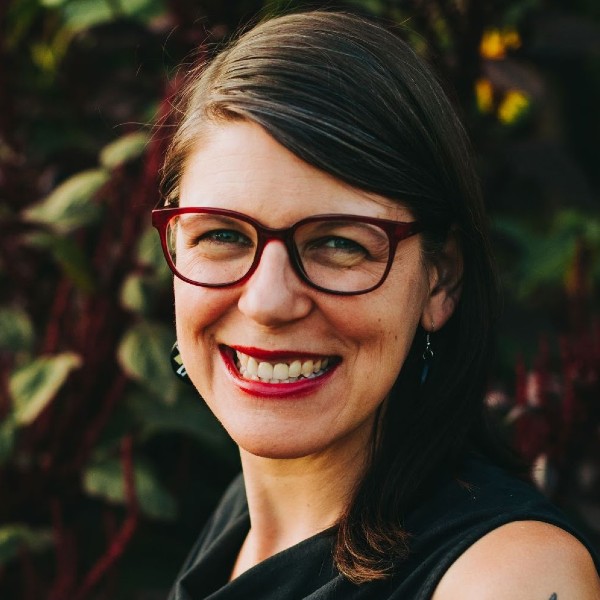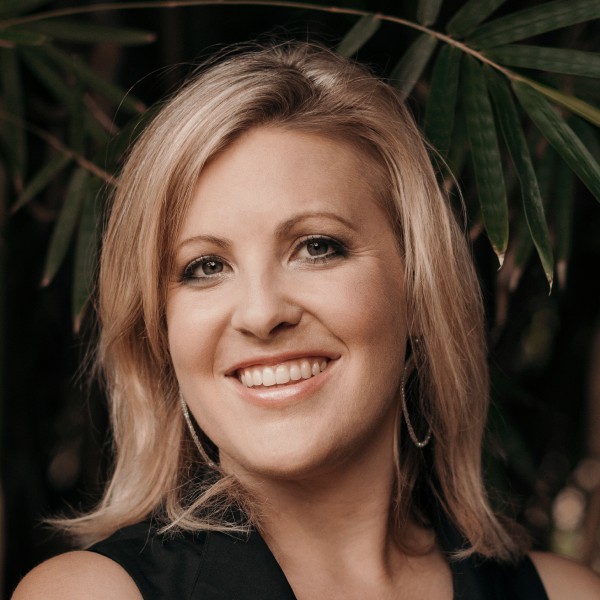Flu, like so much that is harmful, begins in the mouth. We’ve been reading about the flu a lot recently, because it will soon be upon us. So, too, will be the latest fashions in flu prevention and treatment.
Sometime this winter, I will wish Aunt Marge could still swab my throat.
Throat swabbing -- as done by Aunt Marge -- was the winter remedy of choice for my father’s family.
My mother’s family leaned more toward salves and head rags. The head rags were worn to protect against “the night air,” which, my Curry grandmother believed, led to neuralgia. But, we reasoned, she had spent her early years in a dugout on the Texas plains, where the night air may have been filled with dangers against which protections of all sort were necessary. In addition, my Mother Curry was in her 40s when she got indoor plumbing and still preferred a slop jar kept under the bed for nightly necessities, so we tended to ignore her medical advice on nocturnal threats.
But the paternal remedy was proven. It involved a trip to our aunt’s house, where she would lead the patient to the front bedroom and have him or her lie down on the bed, head dangling, face up, off the edge of the bed. Sometimes several cousins would be in the room at once, awaiting treatment. Maybe it was the steady rush of blood to the brain that healed, but my aunt kept her faith in the medicinal powers of Mercurochrome.
Aunt Marge used a long cotton-tipped swab stick to soak up the Mercurochrome. After cautioning us to lie still and stop gagging, she would push the swab far down into each throat, painting the often pus-streaked walls a bright, medicinal red. No one could resist gagging or making a strangled sound of disgust at the taste, but we all remember feeling better -- our throats soothed, our sinuses opened -- after a turn in her house. If it hurt to swallow when we walked in, after a throat swabbing the pain was gone.
Sometimes multiple swabbings were needed. Our mothers judged whether we needed a repeat visit, but I can remember asking to go, wanting the relief Marge and Mercurochrome offered. And I remember going to her house in Tulia as an adult, hoping to get my throat swabbed as part of the visit.
Both neuralgia and Mercurochrome are gone now. Neuralgia, which we understood as a kind of vague headache and malaise brought on by exposure to “the night air,” has been swallowed up in diagnostic specificity regarding the irritation of nerves in the head and face. Apparently, an open window and a bare head have nothing to do with the trigeminal nerve.
Mercurochrome fell victim to the Food and Drug Administration in 1998, when the feds declared it “not generally recognized as safe,” even as they acknowledged that Mercurochrome hadn’t hurt or killed a noticeable number of people. Turns out the throat paint contains mercury -- and, who knows, maybe chrome, too. So that delicious sense of relief? It was probably just mercury toxicity.
The FDA did not consult Aunt Marge. But at 93, she’s still going strong. Mother Curry lived to be 93, too. (Maybe I should look into a head rag and see if I can hunt down some Mercurochrome.)
Neither would the two women have been consulted for the Synod on the Family, which recently completed its work at the Vatican. But they might have had some advice that would have been helpful for the bishops to hear. Coming from an era of deep family ties and mutual obligations of care, made manifest in throat swabs and head rags, they could have told the synod about another epidemic among us, not just in flu season but all year long, an epidemic with an old-fashioned name: loneliness.
“It is not good,” God says in Genesis 2:18. “It is not good” comes after a long string of divine affirmations of the goodness of the entire created world. What is not good is that people should be alone in the midst of creation.
God created animals to be partners for humans. But an animal is not “bone of my bones and flesh of my flesh.” Only humans can be partners in the way God intends.
The creation of man and woman takes place in the garden. It occurs as an integral element of creation and reveals that life in community is as much a part of the divine plan as are light and darkness, dry land and seas.
As Catholics, we believe that the very life of God is a community, a household in which all life, all being is shared. “Bone of my bones,” the man calls the woman, and “flesh of my flesh.” Adam’s words sound like a faint echo of the Nicene Creed, which describes the relationship of God the Father and God the Son as “God from God, Light from Light, true God from true God.”
But while the descriptions of the Father and the Son suggest a radical equality of divinity, the words Adam speaks suggest a radical equality of humanity, in its strengths (bone) and weaknesses (flesh). Men and women can find in one another similar triumphs and similar struggles. We can understand one another. We can help one another. We must. Indeed, St. Paul tells us, “Bear one another’s burdens, and so you will fulfill the law of Christ” (Galatians 6:2 NABRE).
Understanding and helping one another, being understood and helped, requires community. We know the cost of what we now call “attachment disorder,” in which children don’t have that person who is known and trusted, that person for whom the child can call out in the night. Trust begins one on one, in relationship, and grows from there.
News coverage about the Synod on the Family focused on various hot-button issues, but I hope one of the goals that will emerge from the gathering is how we address the scourge of loneliness.
Think “scourge” is too strong a word?
In the United Kingdom, researchers have found that loneliness can have a devastating impact on older people -- potentially twice as unhealthy for them as obesity. And in the Netherlands, where euthanasia is a long-established and increasingly common manner of death, terminal illness is no longer a requirement for a doctor-assisted death. Indeed, loneliness is one of the factors Dutch physicians can consider in evaluating a patient’s request for euthanasia.
There is much that the church can do to combat loneliness. Take, for example, the work of Stephen Ministries, an ecumenical outreach program. Stephen Ministers are friends and companions for suffering people of all ages who are cut off from community by their physical or mental troubles. They can be a strong support for families faltering under the burdens of illness and aging.
Stephen Ministers aren’t professionals; they are companions for a journey that all of us take. They meet each week with individuals who have asked for help. They listen. They look at pictures and hear stories and bear witness to another’s pain. What if the Synod on the Family had encouraged each parish to establish its own ministry?
Throughout the synod, there were headline-grabbing topics, the problems and questions a la mode. Loneliness was not one of them, even though loneliness destroys lives.
Before any law or theology, God gives us one another as helpers and partners. We are to bear one another’s burdens. It is too much, it is wrong, to ask anyone to carry the burdens alone.
Aunt Marge and Mother Curry could have told the bishops that.













